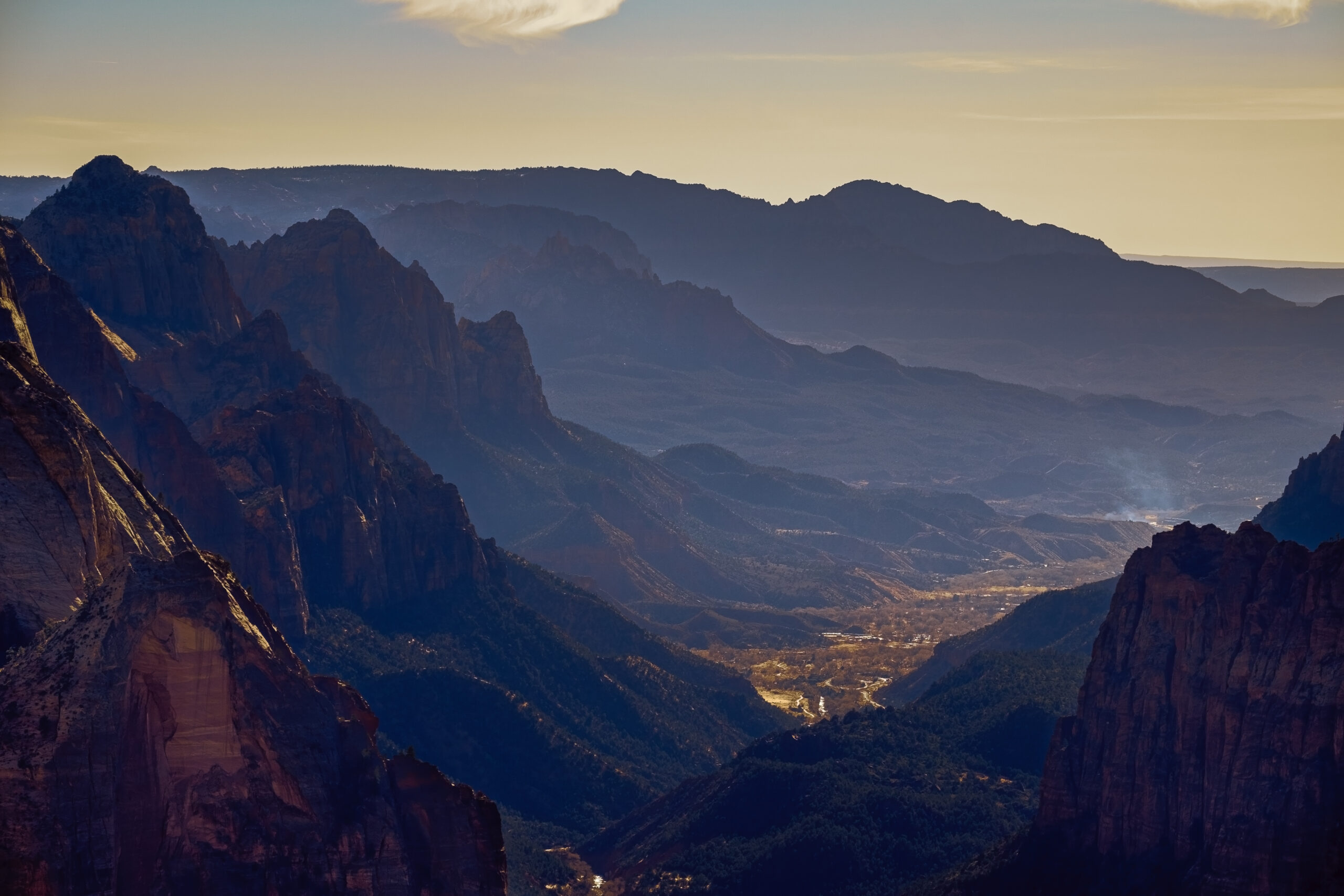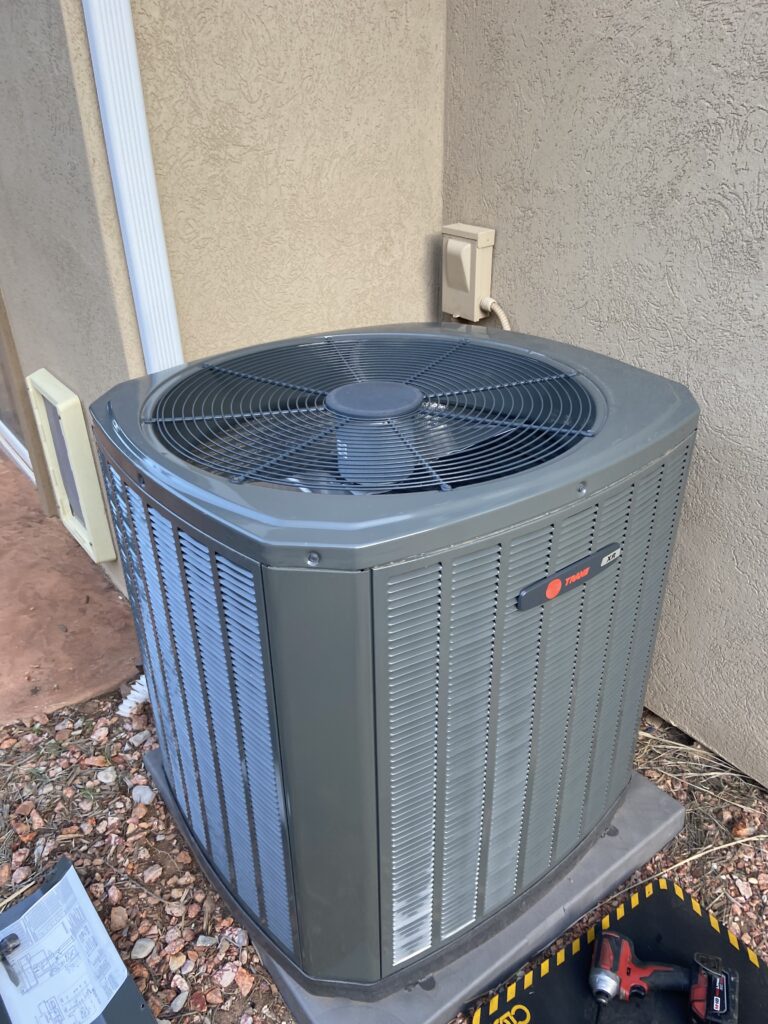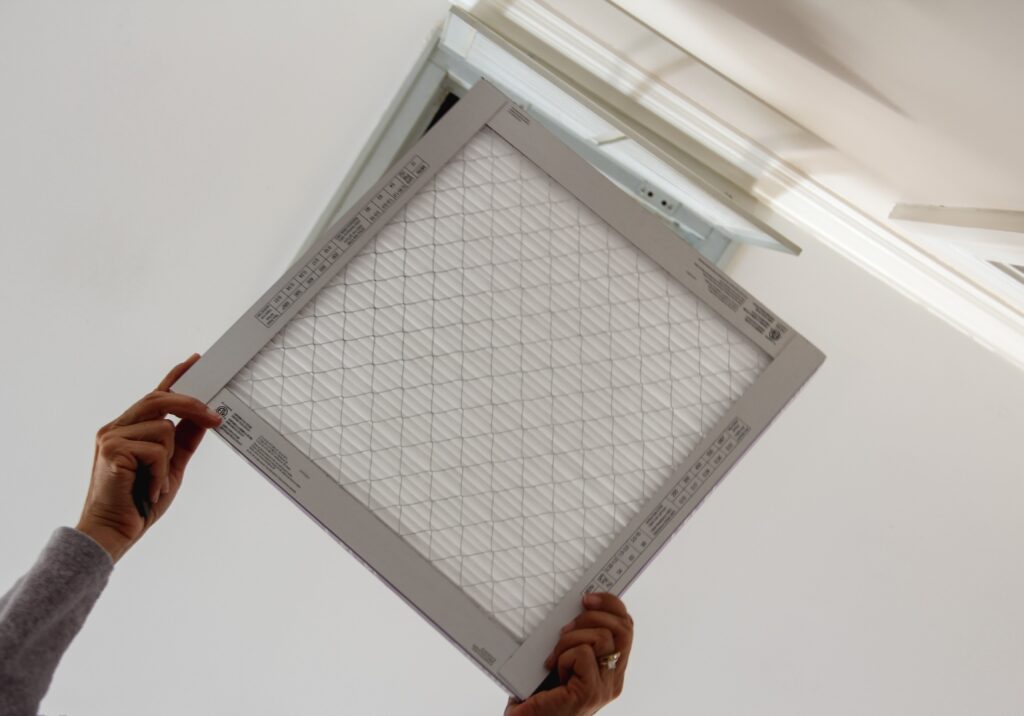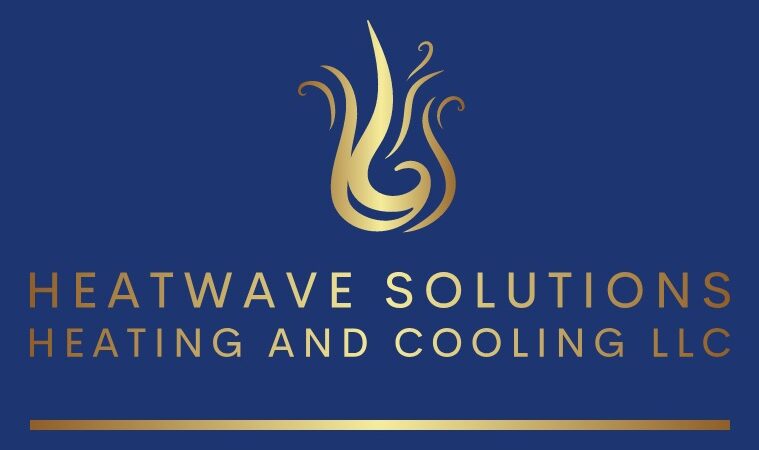Desert Heat, HVAC Facts: Debunking 3 Common Myths for Hurricane, UT Homeowners

Living in the unique and beautiful landscape of Southern Utah means adapting to a climate of extremes. Our summers are defined by intense, dry heat, and a powerful, reliable HVAC system is not a luxury; it is the essential heart of a comfortable and safe home. However, navigating the world of home comfort in the desert can be confusing. Common HVAC advice that works well in other parts of the country does not always apply here, and a number of local myths and misconceptions can lead homeowners to make decisions that are inefficient, uncomfortable, and ultimately, costly.
At Heatwave Solutions, we believe that the foundation of true home comfort is knowledge. As your local HVAC experts, we have a deep, firsthand understanding of the science behind desert climate control. We want to empower our neighbors in the Hurricane area with factual, honest information that can help you save money, improve your comfort, and extend the life of your most important home appliance. To do that, we are here to debunk three of the most persistent and damaging myths we hear about desert HVAC systems, and to provide the expert insights you need to keep your home cool and efficient all summer long.
Myth #1 – “In a Dry Heat, Humidity Control Doesn’t Matter”
One of the most common misconceptions we hear is that because our outdoor air is so dry, homeowners do not need to worry about humidity control inside their homes. While it is true that we do not face the oppressive outdoor humidity of other regions, it is a mistake to think that moisture is not a factor in our indoor comfort. Our homes are semi-closed systems where a significant amount of moisture is generated internally every single day.

Every time you take a shower, boil a pot of water on the stove, run your dishwasher, or even simply breathe, you are releasing water vapor into your indoor air. Without a way to remove this moisture, the humidity level inside your home can rise to a point where it becomes uncomfortable, creating a stuffy or clammy feeling even if the air temperature is cool. A key, and often overlooked, function of your air conditioner is to act as a dehumidifier. As it cools the air, it also pulls this excess moisture out, which is what creates a crisp, pleasant indoor environment.
This function becomes even more critical during Southern Utah’s late summer monsoon season, which can bring periods of higher outdoor humidity. During these times, your air conditioner’s ability to effectively dehumidify is essential for both your comfort and the health of your home, as high indoor humidity can create an environment where mold and mildew can grow. Proper humidity control is a vital part of year-round comfort, and a well-maintained, properly functioning air conditioning system is your primary tool for achieving it, even here in our “dry” desert climate.
Myth #2 – “You Need the Biggest AC Unit Possible to Beat the Desert Heat”
When faced with the prospect of a 105-degree day in Hurricane, it seems logical to assume that a bigger, more powerful air conditioner must be a better choice. This is perhaps the most common and costly myth in the HVAC industry. In reality, an oversized air conditioning unit is incredibly inefficient, provides inferior comfort, and will have a much shorter operational lifespan than a correctly sized system. Bigger is not better; it is a recipe for a host of frustrating and expensive problems.
An oversized air conditioner is so powerful that it will cool your home down very quickly, satisfying the thermostat in just a few short minutes before shutting off. This constant starting and stopping is a process known as “short cycling.” It is extremely inefficient because the startup phase of an air conditioning cycle consumes the most electricity. More importantly, it is terrible for your comfort. Because the system does not run in long, consistent cycles, it does not have enough time to properly circulate the air throughout your home or to effectively remove that indoor humidity we just discussed. This leaves you with a house that feels cool in some spots, warm in others, and uncomfortably damp.
The key to both comfort and efficiency, especially in our extreme heat, is a system that is perfectly matched to your home’s specific needs. This is achieved through a professional Manual J load calculation. This scientific process analyzes much more than just the square footage of your home; it accounts for your insulation levels, window quality, sun exposure, and more to determine the precise amount of cooling your home requires. A properly sized unit will run in longer, more efficient cycles, providing even temperatures, superior humidity control, and lower energy bills, even on the hottest days of the year.
Myth #3 – “Our Desert Air is Clean, So My Filter Lasts Longer”
Another frequent misconception is that because our desert landscape has fewer of the trees and grasses that produce pollen in other regions, our air is cleaner, and therefore, our HVAC filters do not need to be changed as often. While we may have less of certain types of pollen, the air in our Southern Utah environment presents its own unique and significant challenges to your HVAC system’s filtration.
Our desert climate is characterized by a high concentration of very fine dust, sand, and other particulates that are constantly being stirred up by the wind. These microscopic particles can be even more taxing on an air filter than the larger pollen particles found elsewhere. In a growing community like ours, the addition of construction dust from new home and business development adds another layer of airborne debris that your system must contend with. These fine particles can quickly and completely clog an air filter, which suffocates your system and forces it to work much harder to pull in the air it needs.

Contrary to the myth, homeowners in the Hurricane area often need to be even more diligent about their filter maintenance than those in other climates. A clogged air filter is the number one cause of reduced efficiency and mechanical breakdowns during our peak summer season. It can lead to higher energy bills, frozen indoor coils, and even catastrophic failure of the system’s blower motor. We strongly recommend that you perform a visual inspection of your filter every single month and plan to replace it at least once every one to three months. This simple, inexpensive task is the most important thing you can do to protect your system in our dusty desert environment.
Achieving true comfort and efficiency in your desert home requires a specialized approach that is grounded in facts, not fiction. By understanding the truth behind these common HVAC myths, you can make smarter decisions that will lead to a more comfortable home, lower energy bills, and a longer, healthier life for your heating and cooling system. The reality is that indoor humidity does matter, a properly sized air conditioner is far superior to an oversized one, and our unique desert air requires a diligent commitment to filter maintenance.
Navigating the complexities of your home comfort system can be challenging, but you do not have to do it alone. The best way to ensure your system is perfectly suited to our climate and is operating at its peak performance is to partner with a local expert. We invite all homeowners in the Hurricane, Utah area to trust the knowledgeable and experienced team at Heatwave Solutions. We are here to provide you with fact-based advice, professional service, and the high-quality solutions that are engineered to conquer our Southern Utah environment.

